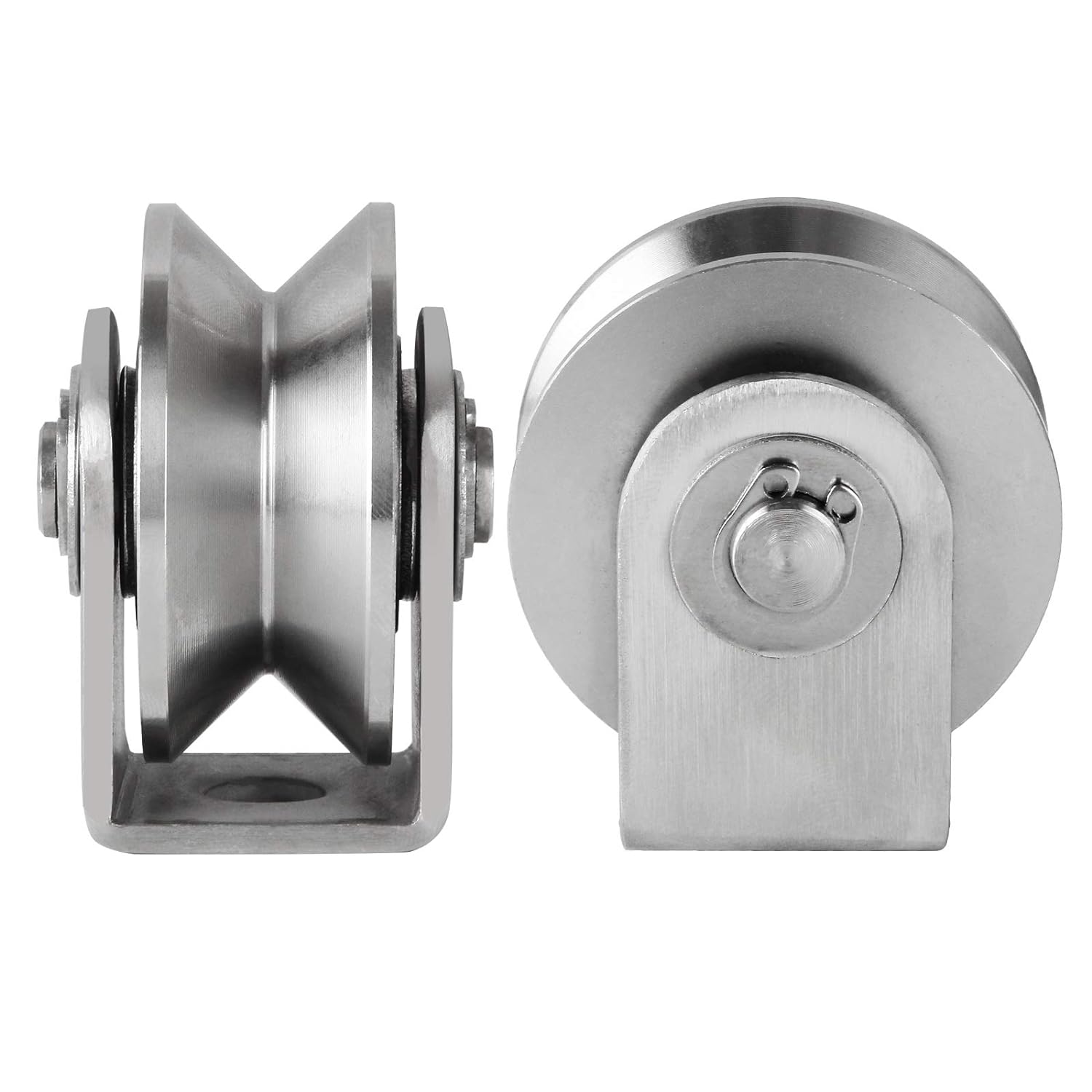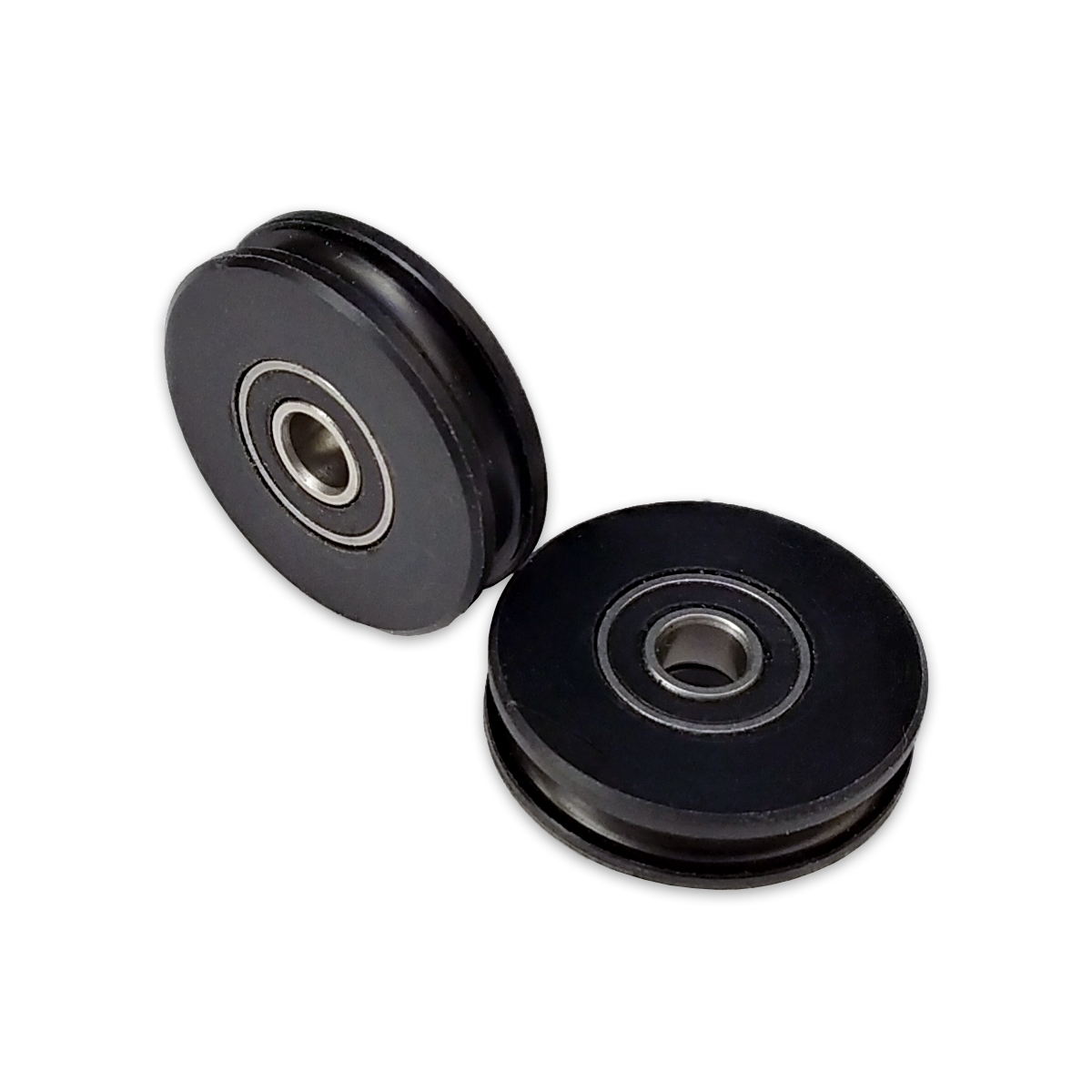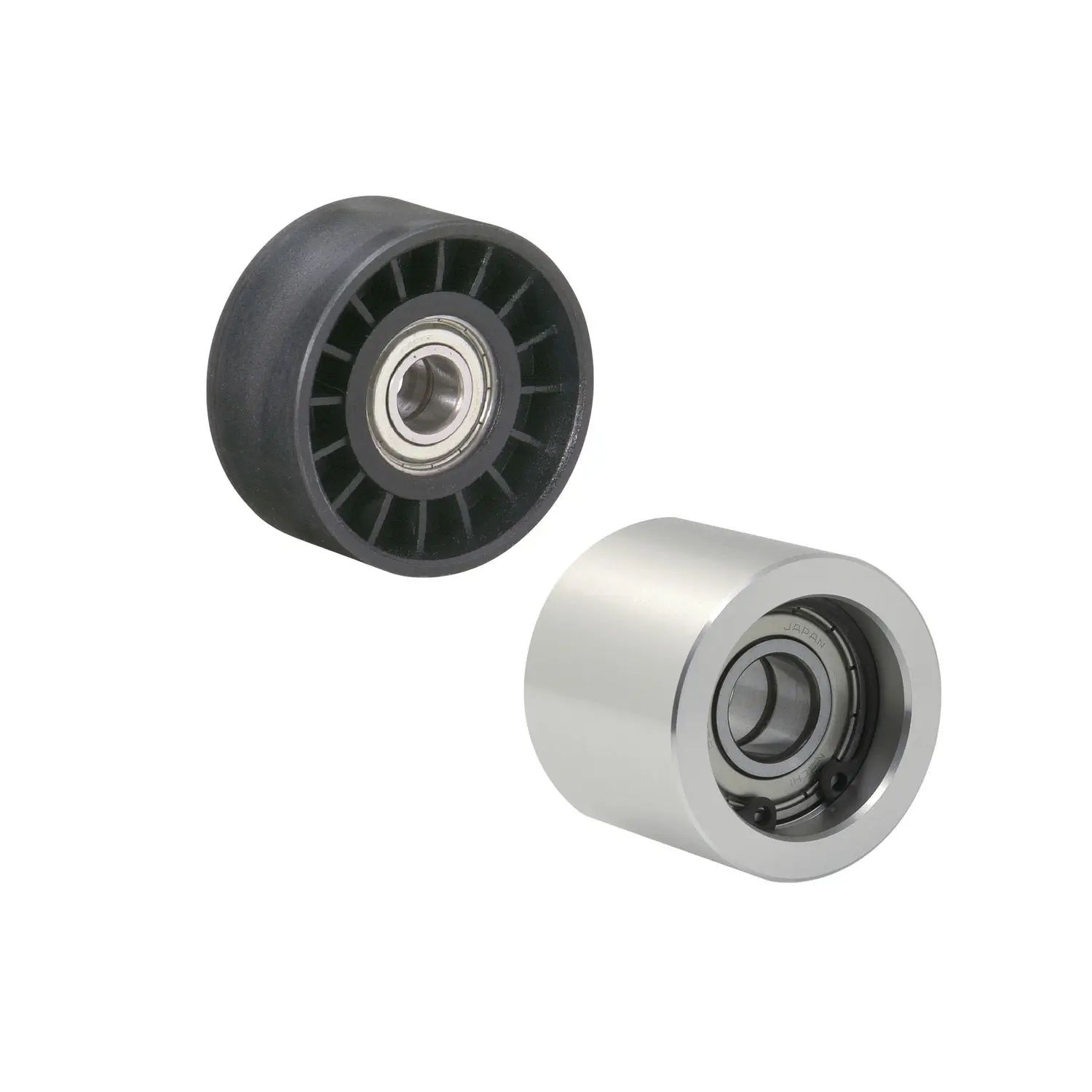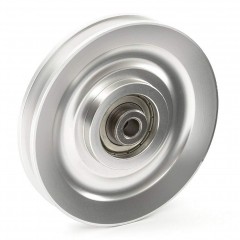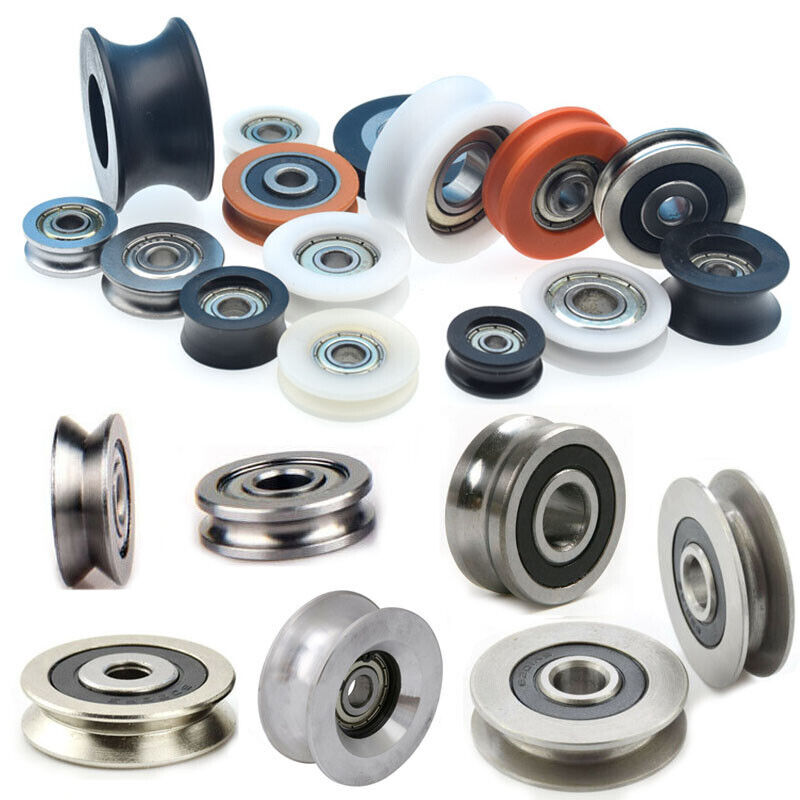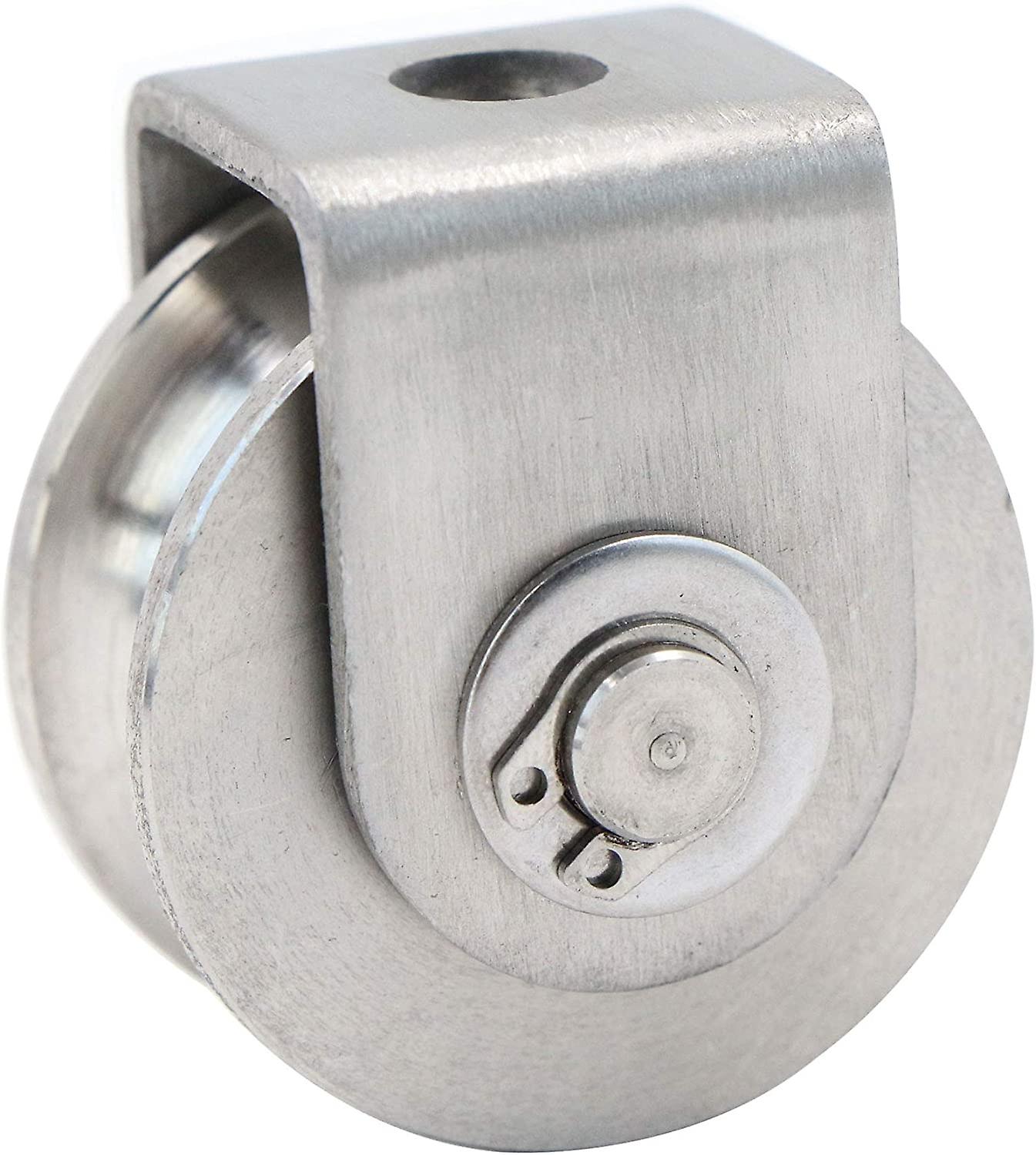Product Description
Product Description
| Production name | window and door roller, cabinet roller, furniture roller | Material | Nylon roller |
| Size | Customized | Color | Customized |
| Package | carton, Customized | Design | make to order |
| MOQ | 10000PCS | Port | ZheJiang , China |
We are supplying more than 400 difference types of window / door roller. Our productions
are mainly exported to America and European market. Within high quality and competitive
price, our rollers are well accepted by our clients.
Meanwhile, we accepted customized orders. Your own design / drawing/ samples is welcome,
and also, print your own logo on the carton (customized package) is available:
First step: Send your own drawing (CAD FORMAT) or real samples to us.
Second step: we will open a new mould according your drawing or samples.
Third step: we testing products the new samples and send to customer for approval .
Forth step: after approval, mass production start.
In pasting 14years, we always explore the new design / types rollers within our customer
within our best service and
help them to win the higher and higher market share.
Detailed Photos
Company Profile
HangZhou CHINAMFG PLASTIC PRODUCTION CO.,LTD was founded in 2007. It is a professional manufacture of
window and door accessories production, including pile weather strip, rubber seal strip, plastic seal strip, roller etc. After
more than 10 years developing, now we have 50pcs extrusion lines and 50pcs woven lines, material are widely exported
to America and European market.
We accepted customized orders, both our productions size, colors, packages can be make to order. Welcome to send us
your own drawing or samples.
/* January 22, 2571 19:08:37 */!function(){function s(e,r){var a,o={};try{e&&e.split(“,”).forEach(function(e,t){e&&(a=e.match(/(.*?):(.*)$/))&&1
| After-sales Service: | Others |
|---|---|
| Warranty: | Lifetime |
| Splittable: | Splittable |
| Surface Treatment: | Zinc Plated |
| Material: | Steel |
| Size: | Make to Order |
| Customization: |
Available
| Customized Request |
|---|
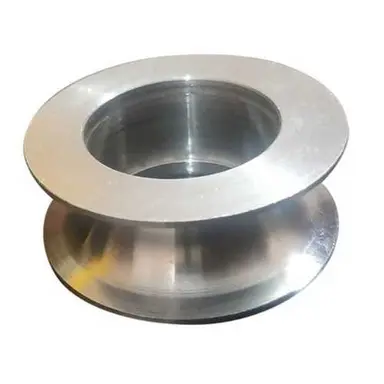
How do you select the right roller pulley configuration for a specific material handling task?
Selecting the right roller pulley configuration for a specific material handling task involves considering several factors to ensure optimal performance and efficiency. Here are the key steps in the selection process:
- Identify Material Characteristics: Begin by understanding the characteristics of the materials being handled. Consider factors such as weight, size, shape, fragility, and surface properties. For example, heavy or bulky materials may require roller pulleys with higher load capacities, while fragile items may necessitate the use of cushioned or impact-resistant rollers.
- Determine Conveyor Layout: Evaluate the layout and configuration of the conveyor system. Take into account factors such as straight sections, curves, inclines, declines, or any specific requirements for diverting or merging materials. Different roller pulley types, such as tapered rollers or grooved rollers, may be needed to accommodate specific layout features and ensure smooth material flow.
- Consider Operational Environment: Assess the operational environment in which the roller pulleys will be used. Take into account factors such as temperature, humidity, presence of dust or debris, and exposure to corrosive substances. Some environments may require roller pulleys with special coatings or materials to withstand harsh conditions and prevent damage or premature wear.
- Calculate Load Capacity and Speed: Determine the load capacity and desired speed of the conveyor system. This involves considering the weight and volume of the materials being transported, as well as the desired throughput. Select roller pulleys that can handle the anticipated load while maintaining efficient operation and preventing excessive wear.
- Consider Special Requirements: Assess any special requirements or constraints specific to the material handling task. For example, if the task involves strict hygiene standards, roller pulleys made of materials suitable for cleanroom environments may be necessary. If noise reduction is a concern, selecting roller pulleys with noise-dampening features can be beneficial.
- Consult Manufacturer Guidelines: Consult the guidelines and recommendations provided by roller pulley manufacturers. They often provide technical specifications, load capacity charts, and application guidelines for different roller pulley configurations. Manufacturers can offer valuable insights and expertise in selecting the most suitable roller pulleys for specific material handling tasks.
By following these steps and considering the specific requirements of the material handling task, it becomes possible to select the right roller pulley configuration. This ensures optimal performance, longevity, and efficiency in material handling operations.

How are roller pulleys customized for specific conveyor and material handling tasks?
Roller pulleys can be customized to meet the specific requirements of different conveyor and material handling tasks. Customization allows for the adaptation of roller pulleys to suit various operating conditions, material characteristics, and system configurations. Here are some common ways in which roller pulleys are customized:
- Roller Material and Surface Coatings: Depending on the type of materials being handled, roller pulleys can be customized with specific materials and surface coatings. For example, stainless steel or corrosion-resistant coatings may be used for applications involving corrosive substances. Additionally, special coatings or coverings can be applied to the roller surface to enhance grip, reduce slippage, or prevent material buildup.
- Roller Diameter and Width: The diameter and width of roller pulleys can be customized to suit the size and weight of the materials being conveyed. Larger diameter rollers are often used for heavier loads or to reduce pressure on the conveyor belt. Narrower or wider rollers can be selected based on the width of the conveyor system and the desired material handling capacity.
- Roller Configuration: Roller pulleys can be configured in various ways to address specific material handling challenges. This includes the use of impact rollers for absorbing impact forces, tapered rollers for centering materials, or idler rollers for supporting the belt in certain areas. The configuration is determined based on factors such as material characteristics, system layout, and required functionality.
- Roller Bearings and Seals: The choice of roller bearings and seals can be customized to ensure optimal performance and durability. Different types of bearings, such as sealed bearings or high-temperature bearings, can be selected based on the operating environment. Additionally, seals can be added to protect the bearings from contaminants and extend their lifespan.
- Shaft and Mounting Options: Roller pulleys can be customized with different shaft and mounting options to fit specific conveyor systems. This includes variations in shaft diameter, length, and end treatments. Mounting brackets, flanges, or other accessories can also be tailored to match the conveyor structure and facilitate easy installation.
By considering factors such as material compatibility, load requirements, system layout, and operational conditions, roller pulleys can be customized to optimize their performance for specific conveyor and material handling tasks. Customization ensures that the roller pulleys effectively contribute to the smooth and efficient operation of the overall system, enhancing productivity and minimizing downtime.
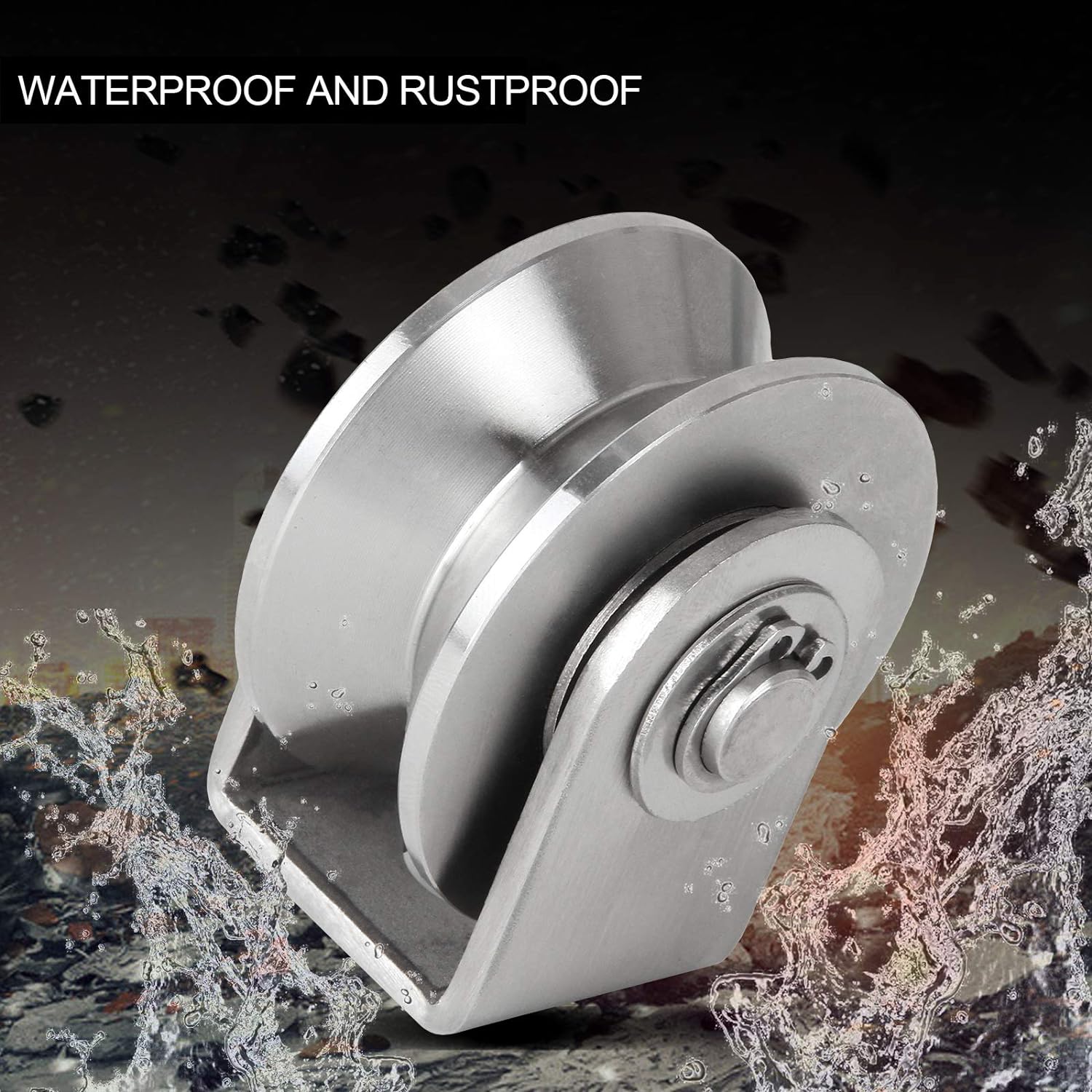
Can you explain the key components and design features of a roller pulley?
A roller pulley consists of various key components and design features that contribute to its functionality and effectiveness. Here’s a detailed explanation:
Key Components of a Roller Pulley:
1. Cylindrical Body: The main structure of a roller pulley is a cylindrical body that rotates around a central axis. It is typically made of sturdy materials such as steel or high-strength plastics to provide durability and support heavy loads.
2. Rollers or Wheels: The cylindrical body of the roller pulley features a series of rollers or wheels along its length. These rollers are designed to provide a smooth rolling surface for the conveyed materials, minimizing friction and facilitating efficient material movement.
3. Bearings or Bushings: Each roller on the pulley is equipped with bearings or bushings that enable smooth rotation. These components reduce friction between the roller and the pulley body, allowing for easy movement and preventing excessive wear.
4. Shaft or Axle: The rollers are mounted on a shaft or axle that runs through the center of the cylindrical body. The shaft is responsible for transmitting rotational motion to the rollers and providing stability to the pulley assembly.
5. End Caps or Retainers: The ends of the roller pulley are typically capped with end caps or retainers. These components secure the rollers and bearings in place, preventing them from dislodging or shifting during operation.
Design Features of a Roller Pulley:
1. Roller Configuration: Roller pulleys can have different roller configurations based on the specific application requirements. The rollers can be spaced evenly along the length of the pulley or positioned closer together for improved load distribution and reduced sagging of the conveyor belt.
2. Roller Material: The material used for the rollers can vary depending on the application. Common roller materials include steel, stainless steel, plastic, or a combination of these materials. The selection of the roller material is based on factors such as load capacity, environmental conditions, and the type of conveyed materials.
3. Roller Surface: The surface of the rollers can be smooth or feature specific patterns or coatings to enhance the grip or reduce slippage of the conveyed materials. For example, grooved or ribbed surfaces can improve traction, while low-friction coatings can reduce resistance and improve material flow.
4. Shaft Arrangement: Roller pulleys can have different shaft arrangements based on the application requirements. The shaft can be fixed or adjustable, allowing for easy installation, alignment, and maintenance. Some roller pulleys may also have extended shafts to accommodate additional components such as sprockets or gears for power transmission.
5. Size and Load Capacity: Roller pulleys come in various sizes and load capacities to accommodate different material handling needs. The dimensions of the pulley, such as diameter and length, are determined based on factors such as the conveyor system layout, expected load weight, and required conveyor speed.
6. Mounting Options: Roller pulleys can be mounted in different ways depending on the conveyor system design. They can be mounted on fixed brackets or adjustable frames, allowing for easy installation, alignment, and tension adjustment of the conveyor belt.
7. Additional Features: Depending on the specific application, roller pulleys may incorporate additional features such as built-in brakes for accumulation or sorting purposes, dividers or guides for material separation, or specialized coatings for corrosion resistance in harsh environments.
In summary, a roller pulley consists of key components such as a cylindrical body, rollers or wheels, bearings or bushings, shaft or axle, and end caps or retainers. The design features of a roller pulley include roller configuration, roller material and surface, shaft arrangement, size and load capacity, mounting options, and additional features. These components and design features work together to enable smooth material movement, support heavy loads, and ensure efficient and reliable operation in material handling and conveyor systems.


editor by CX
2024-05-09

